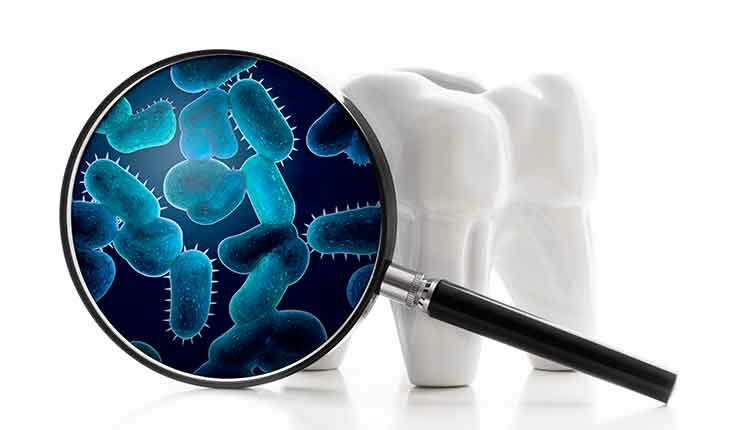 dem10 / iStock / Getty Images Plus
dem10 / iStock / Getty Images Plus
Recent Study Shows Benefit of Power Brushing and Interdental Aids
In order to maintain oral health, plaque must be removed from all dental surfaces.
Anyone who has traded in their manual toothbrush for one that runs on 110 volts has probably noticed the difference a little horsepower makes in tooth surface cleaning. Recent converts may marvel at smoother, whiter, and brighter enamel.
But no matter how great that new brush is, it simply doesn’t have the reach to adequately clean interproximal surfaces. That’s where interdental aids—ranging from dental floss to interdental brushes and pick—come in handy.
BECAUSE … PLAQUE
According to the United States Centers for Disease Control and Prevention, the most significant threats to dental health are periodontal diseases and caries, both caused by plaque buildup. Nearly half of adults in the US age 30 and older have some form of periodontal disease. For US adults age 65 and older that number jumps to 70.1%.1 Recent statistics also indicate that 25.9% of adults ages 20 to 44 have untreated dental caries.2
But the US isn’t alone in combatting plaque. In Germany, for instance, plaque buildup accounts for around 60% of tooth loss.3 This prompted a 17-year study conducted by German researchers to discover the best strategies for keeping plaque in check.
From 1997 to 2014 German researchers investigated how the combination of power brushing and interdental aid use impacted periodontitis, caries, and tooth loss. They collected data for approximately 6,000 adults, ages 35 to 44, and seniors, ages 65 to 74, from three independent cross-sectional surveys of the German Oral Health Studies.3
Study results demonstrate that a power toothbrush/interdental aid pairing, used with fluoride toothpaste, may offer the best strategy for maintaining optimal oral health. Among seniors, the benefits connected to interdental aid use were more pronounced than for power toothbrushing, resulting in healthier dentitions than would have been possible via toothbrushing alone.3
IMPROVEMENTS SEEN OVER TIME
A principal finding was that the use of power toothbrushes and interdental aids increased over time. This had a corresponding effect of lowering the incidence of periodontal diseases, caries, and tooth loss. Among older adults, the combination of strategies resulted in a significant reduction of pocket depths and caries prevalence.
Researchers took other variables, such as better education and diminished smoking, into account. Nonetheless, they concluded that overall, the contributions of both power toothbrushes and interdental aids were significant in reducing periodontal disease averages and caries damage over the length of the study.
As a result, the researchers strongly advocate the use of both power toothbrushes and interdental aids that are appropriate to patient dexterity and embrasure size. Given the number of such products available on the market, this should not be a challenge.3
MULTIPLE OPTIONS
Today’s power toothbrushes come in a range of designs with assorted bells and whistles. Most offer oscillating brush heads, though some are pulsing, and others operate sonically. When used with fluoride toothpaste, they offer the best chance of keeping all tooth surfaces free of plaque.
Interdental aids are available in a colorful range of iterations. From floss to tiny interdental brushes to oral irrigators to toothpicks, they all have a place in care of interproximal surfaces and gingival health. Users must simply determine what works best for their needs.
REFERENCES
- United States Centers for Disease Control and Prevention. Periodontal Disease. Available at: https://www.cdc.gov/oralhealth/conditions/periodontal-disease.html
- United States Centers for Disease Control and Prevention. Oral and Dental Health. Available at: https://www.cdc.gov/nchs/fastats/dental.htm
- Pitchika V, Jordan R, Micheelis, Welk A, Kocher T, Holtfreter B. Impact of powered toothbrush use and interdental cleaning on oral health. J Dent Res. 2020;22034520973952.

